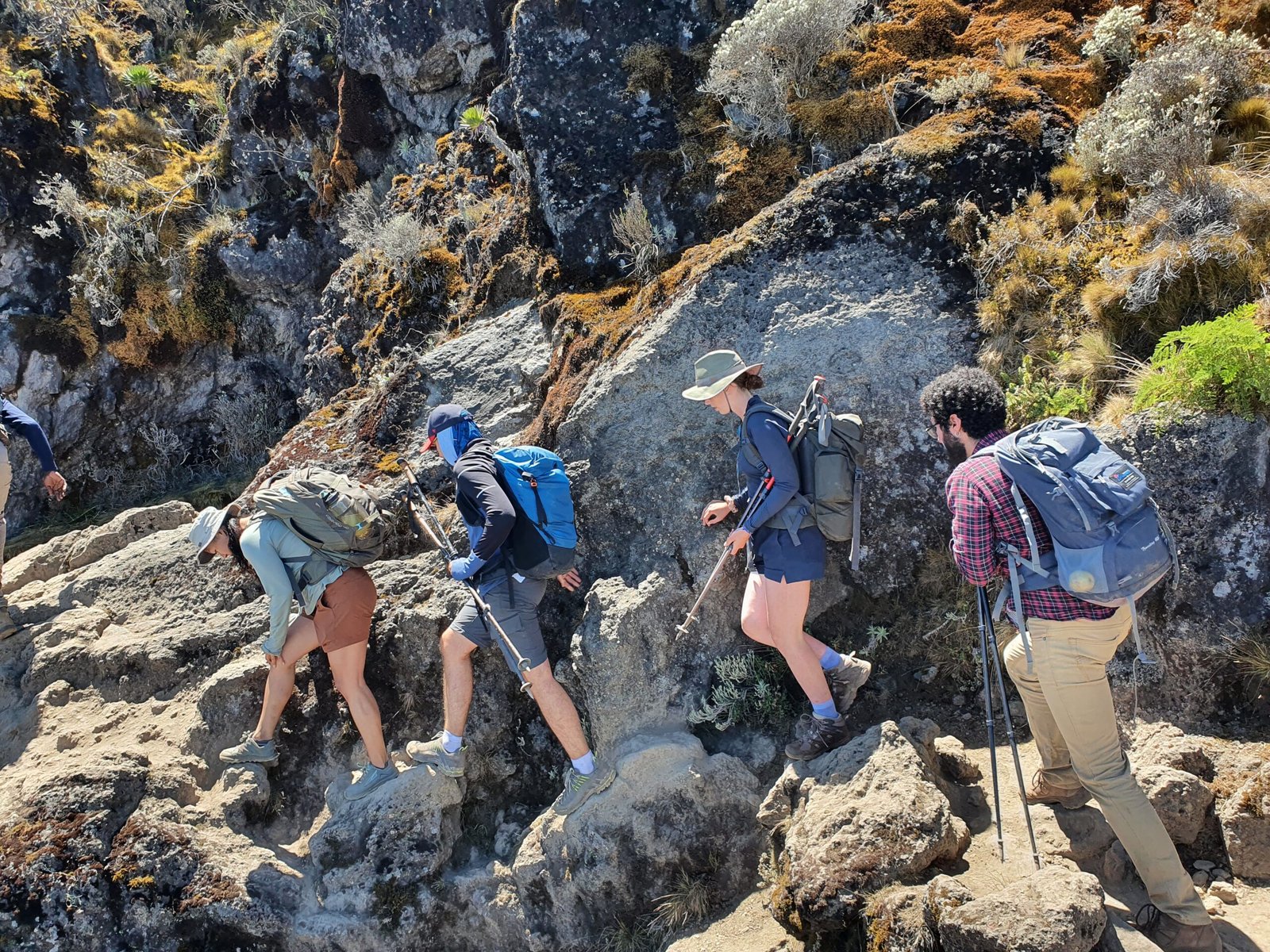The Best Mount Meru Packing List essential Gear for a Safe Climb 2025,2026,2027
Mount Meru Packing List: Essential Gear for a Safe Climb
Climbing Mount Meru, Tanzania’s second-highest peak, is an adventure that requires proper preparation to ensure a safe and successful ascent. Standing at 4,566 meters (14,980 feet), Meru offers breathtaking views and a rewarding experience for climbers, but the challenge also lies in its unpredictable weather and high altitude. Packing the right gear is critical for your safety, comfort, and overall enjoyment of the climb. This guide provides a detailed list of essential items you’ll need for a safe climb.

Importance of Packing Right for Mount Meru
The key to a successful trek up Mount Meru is to pack efficiently while ensuring that you have all the necessary equipment. The terrain is diverse, ranging from rainforest to alpine desert, and temperatures can vary dramatically from day to night. Proper gear ensures you stay warm, dry, and comfortable while helping to prevent injuries or complications that might arise from the altitude or weather conditions.
Essential Clothing for the Climb
The weather on Mount Meru can be unpredictable, with warm days, freezing nights, and potential rain or wind. Packing the right clothing based on a layering system will help you adapt to the changing conditions throughout the trek.
Base Layers
The base layer is the foundation of your clothing system. It’s essential for moisture management to keep your skin dry as you sweat during the ascent. Choose high-quality, moisture-wicking fabrics such as merino wool or synthetic blends.
Thermal Tops and Bottoms: A long-sleeved thermal top and bottom are crucial for warmth during cold mornings and nights.
Socks: Pack at least 3-4 pairs of high-quality, moisture-wicking socks (preferably wool or synthetic) to keep your feet warm and prevent blisters.
Mid-Layers
Mid-layers provide insulation and help trap heat while allowing moisture to escape.
Fleece Jacket or Insulating Layer: A lightweight fleece jacket will provide warmth without adding too much bulk.
Down or Synthetic Insulated Jacket: A down or synthetic jacket is essential for cold summit nights and higher altitudes.
Outer Shells
The outer layer protects you from the wind, rain, and snow, keeping your mid and base layers dry and functional.
Waterproof Jacket: A durable, waterproof, and windproof jacket with a hood is vital for protection against sudden rain or wind at higher altitudes.
Windbreaker: Consider packing a lightweight windbreaker for extra protection on windy days.
Hiking Pants and Gaiters
Quick-Drying Hiking Pants: Choose pants made of breathable, quick-drying material for maximum comfort.
Gaiters: These are important for protecting your lower legs and boots from debris, mud, or snow, especially in wet or dusty conditions.
Footwear Essentials
Your footwear is arguably the most critical piece of gear for your Mount Meru climb. Given the rough and varied terrain, you’ll need sturdy, reliable footwear.
Hiking Boots: High-quality, waterproof hiking boots with ankle support are essential. Make sure they are well broken-in before the climb to avoid blisters.
Trekking Socks: Bring moisture-wicking socks designed for hiking to keep your feet dry and warm. Consider wearing liner socks to reduce friction and prevent blisters.
Backpack and Daypack
You’ll need a durable backpack to carry your gear and a smaller daypack for summit day.
Backpack Size and Features
Capacity: A 40-60 liter backpack is ideal for carrying your personal items, clothing, and essential gear for a multi-day climb.
Comfort Features: Look for a backpack with padded shoulder straps, a hip belt for load distribution, and adjustable sternum straps.
Daypack for Summit Push
Smaller Pack: On summit day, you can leave your large backpack at camp and carry a 20-30 liter daypack with essentials such as water, snacks, a headlamp, and extra layers.
Navigation and Safety Gear
While Mount Meru is a guided trek, it’s still essential to carry some basic navigation tools and safety gear.
Headlamp with Extra Batteries
Headlamp: A reliable headlamp is critical for the early morning summit push, as you’ll likely begin hiking in the dark.
Spare Batteries: Always pack extra batteries for your headlamp and other electronic devices.
First Aid Kit and Emergency Essentials
First Aid Kit: A basic first aid kit should include bandages, antiseptic wipes, blister treatment, pain relievers, and altitude sickness medication.
Whistle and Signal Mirror: These small items can help you signal for help in an emergency.
Hydration and Food
Staying hydrated and properly fueled is essential during your climb, especially at high altitudes where dehydration can occur quickly.
Hydration Bladder and Water Bottles
Hydration System: Use a 2-3 liter hydration bladder for easy access to water while hiking.
Water Bottles: Carry at least one extra water bottle as a backup, especially if temperatures drop and water bladders freeze.
Water Purification Tablets or Filters
While there may be water sources along the route, it’s essential to have purification tablets or a portable water

